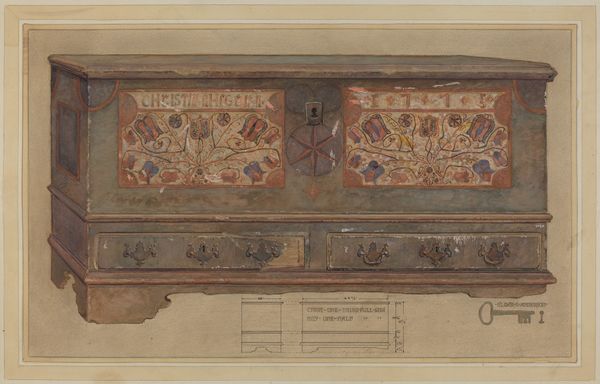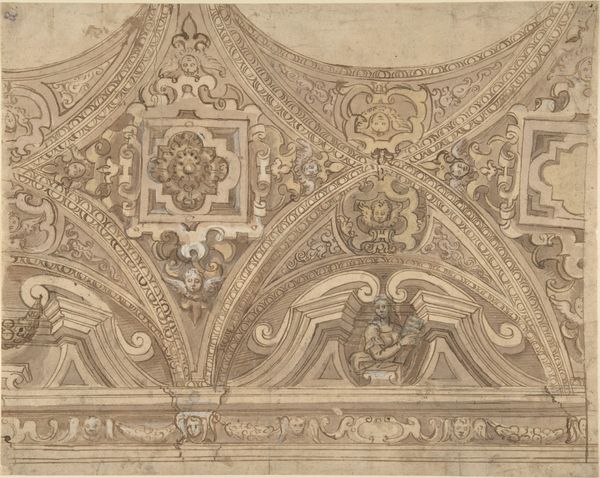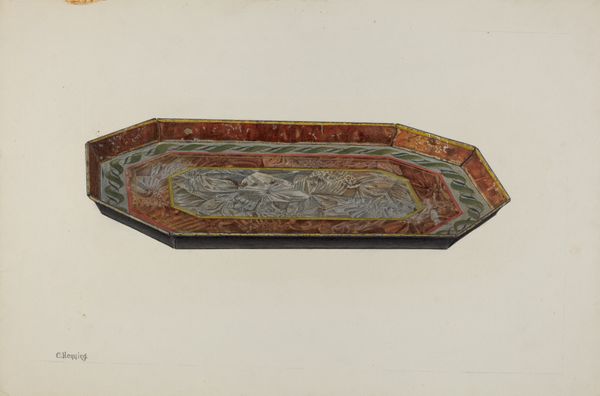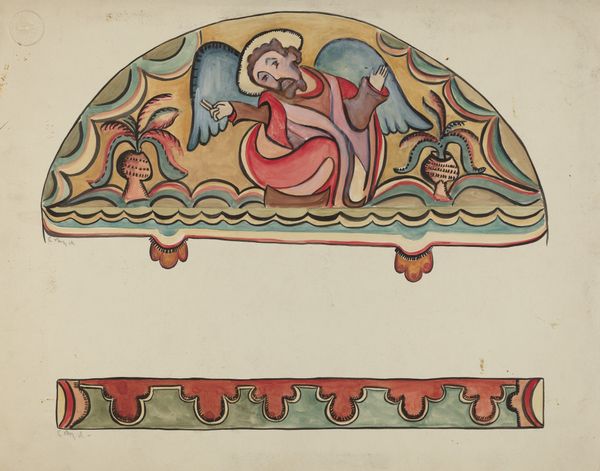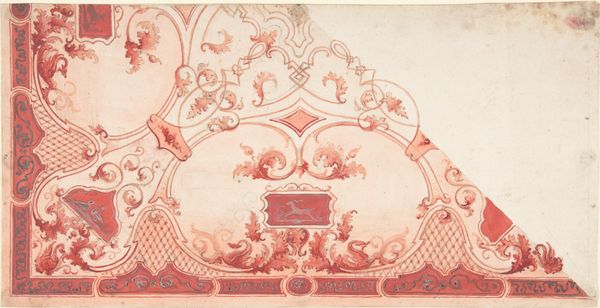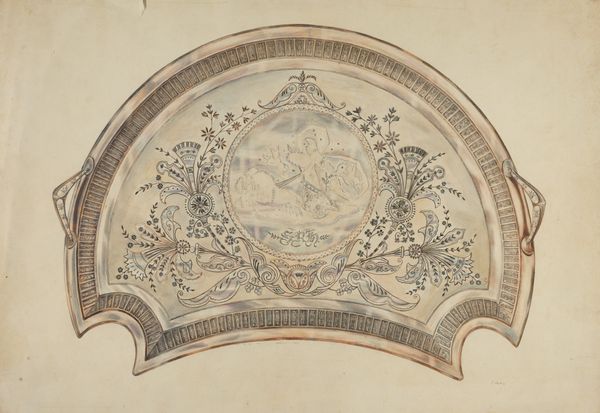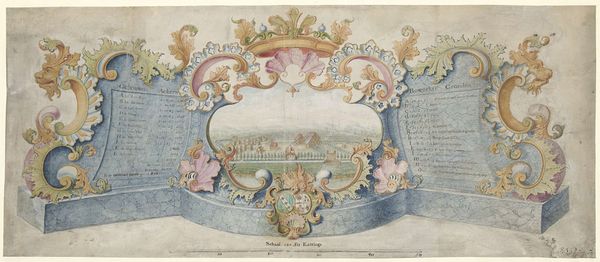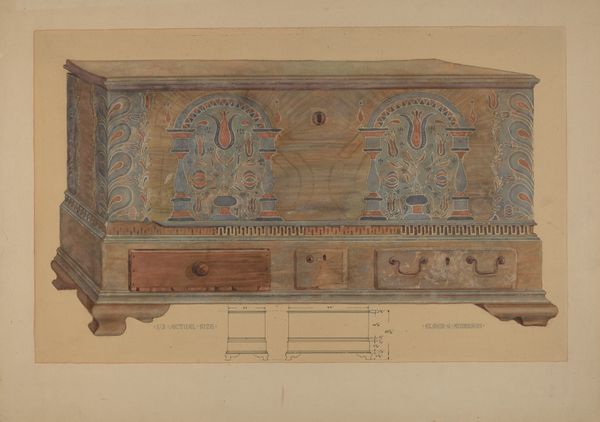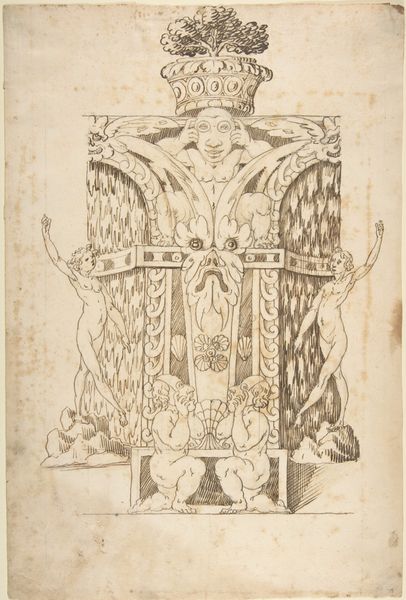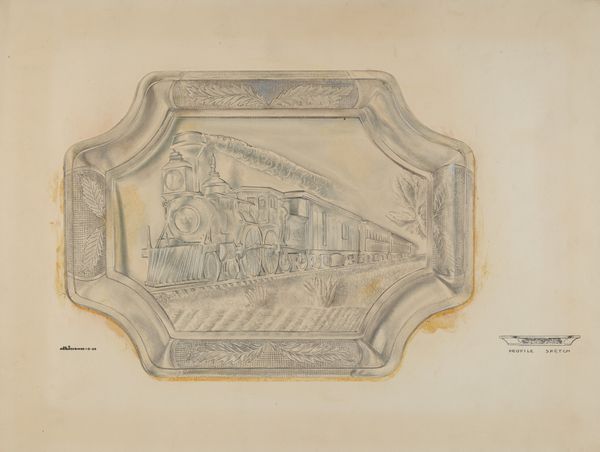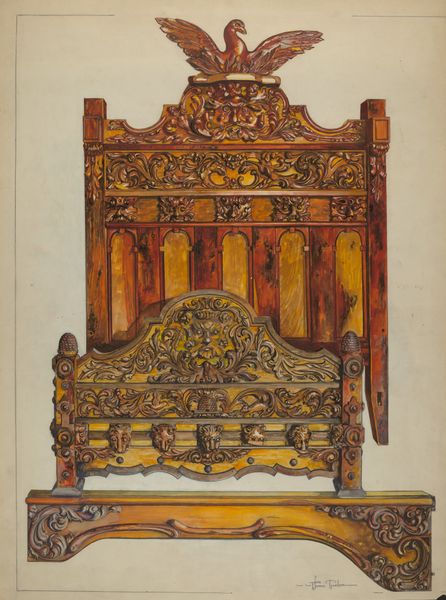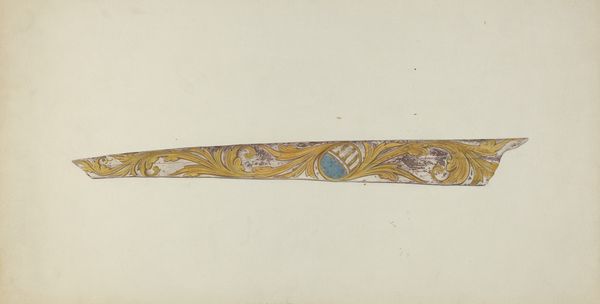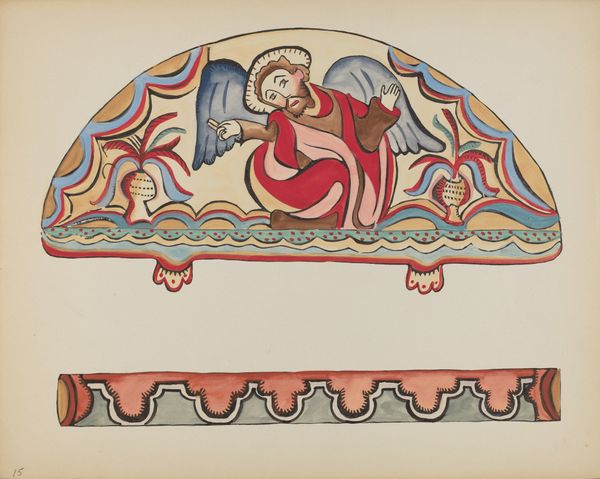
drawing, coloured-pencil, painting
#
portrait
#
drawing
#
coloured-pencil
#
painting
#
coloured pencil
#
decorative-art
#
miniature
Dimensions: overall: 33.2 x 51.3 cm (13 1/16 x 20 3/16 in.) Original IAD Object: 22' long; 10'9" long
Copyright: National Gallery of Art: CC0 1.0
Curator: Immediately, I’m struck by the almost dreamlike quality, the way it combines hard-edged lines with soft, blended colors. It’s an odd, decorative piece. Editor: Indeed. What you are observing is Frank M. Keane's "Circus Wagon," crafted around 1938 using coloured pencils, among other drawing and painting media. Consider this in the context of the Works Progress Administration programs, designed to support artists and artisans during the Great Depression. How might government patronage have influenced the aesthetics or themes seen here? Curator: The layered details draw my attention—the almost gaudy ornamentation feels specifically American, in that particular time period. I would even venture that it evokes feelings of escapism, especially with these figures and decorations, seemingly detached from reality. I keep coming back to the composition, and these color contrasts against the decorative art—does it say anything about the subject itself? Editor: The strategic utilization of colored pencils, layered meticulously, mirrors the division of labor integral to the construction of actual circus wagons, where specialized craftspeople contributed ornate carvings, paintings, and gilded detailing. So, the method in which this piece was done is meant to symbolize the collective effort that embodies early 20th century art. The aesthetic result, almost excessively detailed, could also comment on the pervasive industrialization impacting even traditional forms like circuses at this time. Curator: Now that you mention that, do you notice any relationship between this piece's materials and their purpose, versus the ones present in similar pieces or time periods? Because the decorative motifs also make it seem more related to fine arts. It appears to be challenging typical concepts. Editor: In that sense, Keane has blurred traditional categories between fine art and decorative design. His use of coloured pencils elevates a study piece—perhaps a maquette for an actual circus wagon—into something of higher status than intended. Furthermore, one might discuss what message it provides to us today in light of these formal observations. Curator: Yes, ultimately the interplay of the different levels opens avenues to think about commercial spectacle. What’s more, it questions standards of cultural elitism. It's clear Keane captured a uniquely crafted spectacle, an enduring commentary for those seeking spectacle within our reality. Editor: It offers us ways of thinking, indeed, around artistry, craft, and American enterprise. These ideas provide relevant talking points that echo through time.
Comments
No comments
Be the first to comment and join the conversation on the ultimate creative platform.
